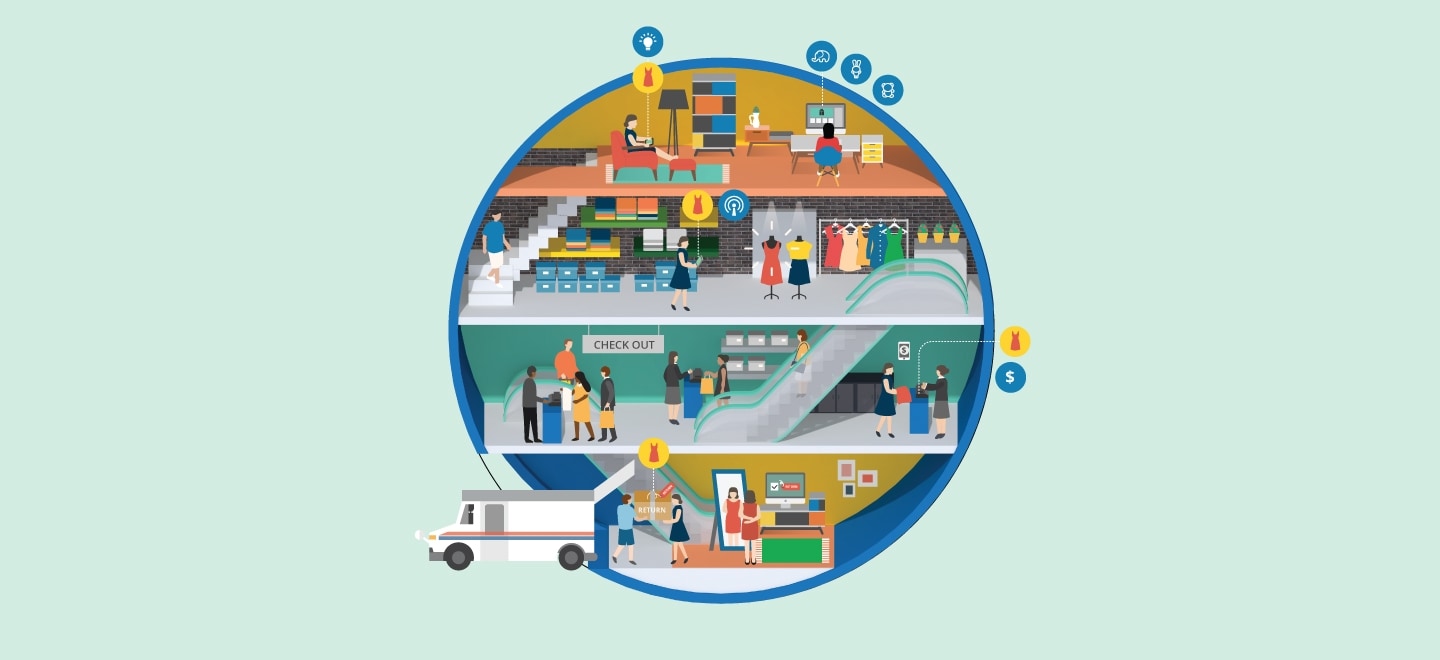
Researchers from Emory University, University of Maryland, Vanderbilt University, and Hong Kong University of Science and Technology published a new paper in the Journal of Marketing that re-examines the classic customer journey model from a social perspective by emphasizing the social influences expected at each stage of the journey and across the journey stages..
The study is titled “Traveling with Companions: The Social Customer Journey” and is authored by Ryan Hamilton, Rosellina Ferraro, Kelly Haws, and Anirban Mukhopadhyay.
Customer journey models go back more than 100 years to the earliest days of marketing as a discipline. These models break down the customer’s path to purchase and beyond into discrete steps or stages and have proven remarkably useful to marketing academics and practitioners. These journey models vary a great deal in their specifics, but what nearly all previous incarnations of the customer journey have in common is the depiction of an individual journey. Hamilton explains, “While previous customer journey models have acknowledged the possible influence of social others on customers, our approach was unique because it fully integrates social influences. This social approach is especially relevant given the ways technology has facilitated more and different social influences throughout the customer journey.”
The nature and type of social influences are varied. This article grapples with this diversity by organizing social influences on the customer journey along a social distance continuum. The researchers suggest that social distance is comprised primarily of five dimensions: number of social others, extent to which the other is known, temporal and physical presence, group membership, and strength of ties. They also suggest that these dimensions converge to form a global sense of social distance, but that not all dimensions need to be on the extreme ends of the continuum for the social other to be interpreted as overall more proximal or distal. Rather, a preponderance of the factors will determine how close the social other is perceived to be.
Distal social others can be larger groups or the whole of society, whose members might not be individuated, present, temporally proximal, or even known to the consumer. When a distal other is a single individual, it will tend to be someone the consumer does not know personally, such as a YouTube tutor or an anonymous review writer. For example, a vacation-planning consumer may be influenced by distal social others including the reviews on a travel website representing many, relatively unknown, non-physically present social others with only weak social ties and unlikely membership in a readily identifiable in-group.
Proximal social others are typically specific, individuated others who provide distinct, discrete, articulated inputs to the focal customer’s journey. They tend to be close, in terms of temporal and physical proximity, members of the customer’s in-group and have strong ties to the focal consumer. For example, the same vacation-planning consumer mentioned above may be influenced by inputs from a proximal social other, such as a single, close friend representing one, well-known, physically present, in-group member with strong social ties.
Perhaps the most fundamentally social journey is one wherein two or more consumers journey together. With respect to the social distance continuum, when a certain threshold is surpassed, social others may become incorporated into the decision-making unit (DMU) itself, creating a joint journey characterized by interdependence in most or all stages of the customer journey. This results in a pluralized DMU, where two or more people travel on a joint-decision, joint-consumption journey together. Decision making in such situations is qualitatively different because the members of the DMU have interdependent utilities and each member of the DMU may, at each stage of the journey, base his or her own responses on the responses of the other. Because of the relationship dynamics that must be managed, joint journeys are complex and distinct from individual journeys.
Key managerial issues across the entire social customer journey involve how and when to become involved in what might otherwise be consumer-to-consumer-only interactions. Considerations might include: when and how firms should respond to negative customer reviews or social media call-outs, when to highlight a social media influencer who is implicitly or explicitly endorsing one’s product, how to manage “sponsored” blog posts, and when to provide “corrective” information when consumers are being exposed to unfavorable product information by their peers. Of particular interest to marketers, social influence may be used to nudge consumers from evaluation to decision. Technology has increased the number of opinions that bear upon a customer’s journey and has even begun to insert itself as a decision support system wherein the customer and an artificial intelligence (AI)-enabled agent, such as a chatbot, together reach a final decision. Firms must carefully consider their usage of AI technologies, attending specifically to the social implications.


